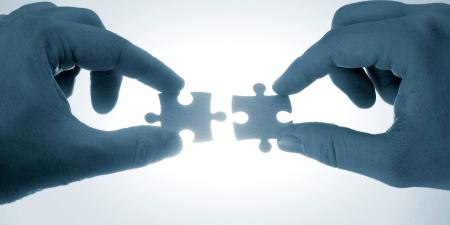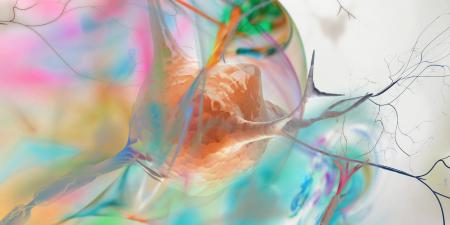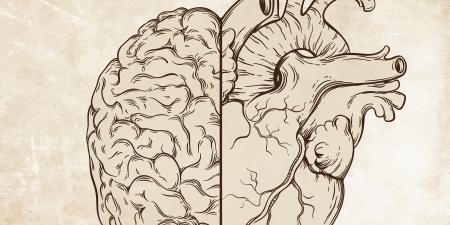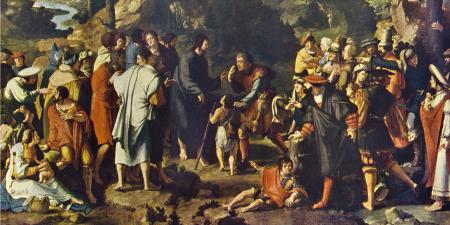Hospitals often advertise their state-of-the-art technology as an incentive for patients to choose their facility over a competitor, presumably on the assumption that technology is the highest good medicine has to offer. In this issue of Virtual Mentor we look beyond technology, posing the question, “What is the state of the art of healing in modern medicine?”
If we, as health care professionals and educators have reason to believe that our art needs some improving we may have to listen carefully to the world around us. In newspapers, television, radio, family gatherings and doctors’ offices, the public expresses its distrust, cynicism, dissatisfaction and disappointment with our health care system.
This dissatisfaction threatens to erode public trust in physicians and forces us to ask: how can we heal our patients without their trust? Furthermore, how do doctors overcome numerous obstacles to practicing the art of medicine such as less time to spend with each patient, more time spent on defensive medicine practices and never-ending paperwork requirements? As medical educators how do we teach tomorrow’s physicians the art of healing and impress its value upon them? This month’s expert commentators tackle these questions from various perspectives in our clinical cases.
Many factors influence the vigor with which the art of healing can be taught and practiced in medical settings. The journal article under discussion argues that medical students must be taught to understand the dual physician roles of professional and healer. Our policy forum addresses the potential impact of resident work-hour restrictions on the art of healing. The op-ed contributors debate whether testing for emotional intelligence—EI—in medical school applicants would help identify those who are more apt to be good communicators and reflective physicians with natural empathy for others. The clinical pearl offers guidance for how the power of the individual physician can preserve the art of healing in every patient encountered. Taking a different approach to the balance between the art and science of healing, the medicine and society section explains statistical prediction rules (SPRs) and asks why, given their record of equaling or surpassing physicians' decision-making accuracy, the acceptance and use of SPRs has been so limited.
The clinical cases examine some of the many aspects of 21st-century health care delivery in the U.S. that interfere in the patient-physician relationship. These may take the form of a pager that does not stop beeping, a patient who is skeptical of the medical profession or even a young medical student's struggle to balance the art of healing with technical ability. Whatever those barriers, it is the duty of treating physicians to ensure that they do not detract from their relationships with their patients. This task is by no means simple, and mindful practice of the art of medicine is an essential ingredient in accomplishing it. Strong patient-doctor relationships help us heal our patients. Healing consistently and dependably—even when we cannot cure—will improve the state of our art and the value of our profession.



